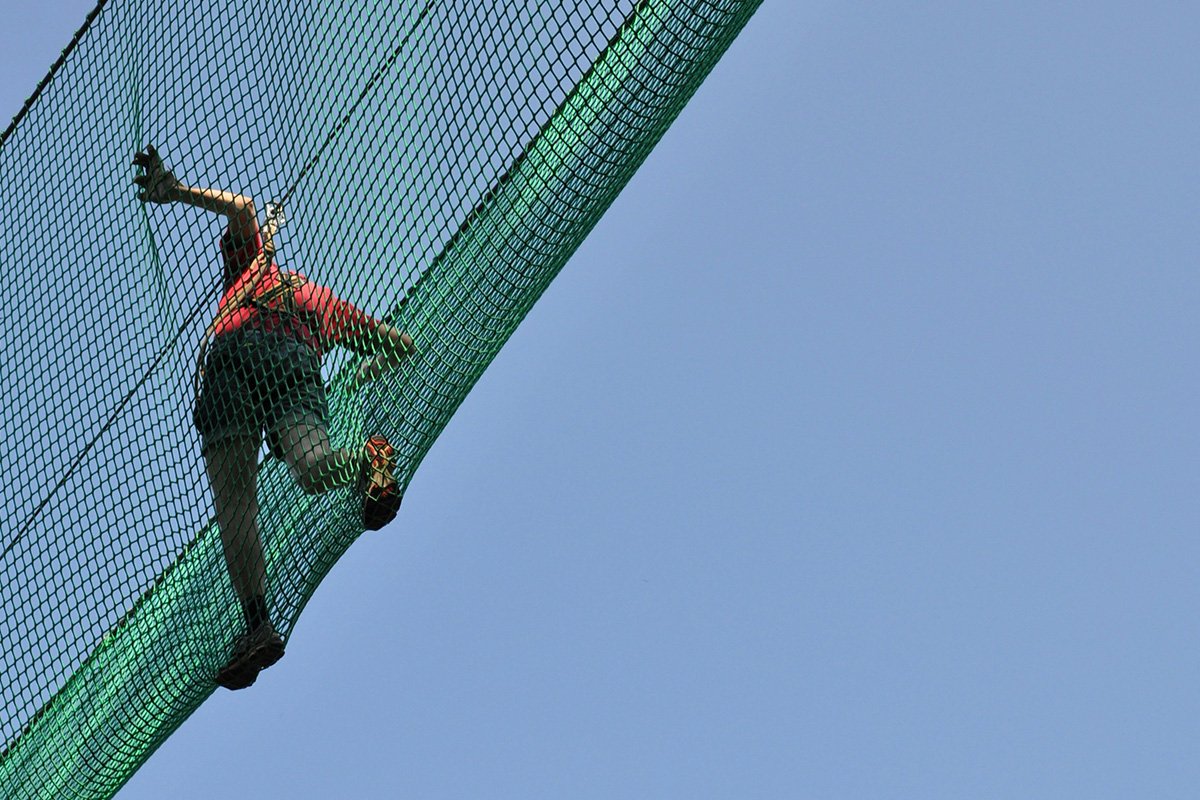June 23, 2015; Washington Post
“All of this feels like art to me. It’s not like the façade is the art or the light sculpture we put above the building is a piece of art. That’s art but I also think an artist being directly engaged with government about the future of their city is art. That feels like the extension of a conceptual work to me.”
—Artist Theaster Gates
Sign up for our free newsletters
Subscribe to NPQ's newsletters to have our top stories delivered directly to your inbox.
By signing up, you agree to our privacy policy and terms of use, and to receive messages from NPQ and our partners.
Last fall, Bloomberg Philanthropies invited U.S. mayors to collaborate with artists to submit proposals for innovative public art projects. The foundation received 237 proposals, which it describes as “affirming the many ways in which the arts can celebrate, address, and advance critical issues.” This week, the foundation awarded four grants—each worth up to $1 million—one each to three cities, and one to a cluster of three additional cities.
The projects selected speak volumes to the ever-broadening definition of “public art,” which has of course always aimed to engage the public in one way or another, at least in passing conversations. Today’s public art, however, is more likely to be aimed at changing the conversation, and at having a measurable social impact. Consider the four Bloomberg grantees:
- Gary, Indiana—“ArtHouse: A Social Kitchen” is meant to attract more people to the downtown area by developing six mini-restaurants in one large and currently “nondescript” building, with local artists designing exterior works that will make people notice that something new is going on there. Theaster Gates, who has experience in urban renewal projects elsewhere, has been recruited by Mayor Karen Freeman-Wilson to lead the arts effort. This project has also been funded by the Knight Foundation, which describes it as “a culinary incubator and café designed to reinvigorate downtown while creating jobs and opportunities for residents.” Over time, the city hopes the project will serve as a catalyst for a new cultural district.
- Los Angeles, California—“Current: LA River” is part of a larger effort to use art to call attention to the plight of the Los Angeles River and the need for water conservation and broader environmental stewardship. The Bloomberg grant will support up to 15 multidisciplinary artworks and public programs, many alongside the river, and will help the city launch a Public Art Biennial. (NPQ previously reported on another innovative arts project, “Play the LA River,” meant to engage the public in revitalizing this long-neglected waterway.)
- Spartanburg, South Carolina—“Seeing Spartanburg in a New Light” will allow artist Erwin Redl to collaborate with the city’s police and fire departments, the Arts Partnership of Greater Spartanburg, as well as neighborhood associations selected through a competitive process, to install temporary LED light installations on city-owned public places in five targeted areas. The project is intended to build on the concept of National Night Out, promoting crime prevention and creating safer and more vibrant neighborhoods. As reported by WYFF, Jennifer Evins of the Arts Partnership of Greater Spartanburg says, “We know that light is proven to prevent crime and increase safety in neighborhoods. It communicates hope and community pride.”
- Albany, Schenectady, and Troy, New York—“Breathing Lights” represents a collaboration across three municipalities and more than 25 community and private-sector partners, including the Lighting Research Center at Rensselaer Polytechnic Institute in Troy. Lead artist Adam Frelin and lead architect Barbara Nelson will help to illuminate up to 300 vacant homes over the course of several months. The goal is to regenerate interest in once-vibrant neighborhoods that currently have high vacancy rates. The project will also include a regional summit on vacant homes and abandoned buildings, aimed at engaging residents, prospective buyers and investors and policy makers. “We’re in a region that doesn’t have any history of public art,” says Frelin. “I wanted the first large scale piece to be digestible. On a simple level, you’re going to see this cool thing coming out of some random buildings. If you live here and you’re driving through, there’s also going to be this conceptual link that happens.”
The Bloomberg Philanthropies Public Art Challenge continues the foundation’s investments in both urban life and arts innovations. Last December, NPQ reported on Bloomberg’s second round of innovation grants to fourteen cities, twelve in the United States and two in Israel. Those three-year grants ranged from $400,000 to $1 million for projects that hit on a number of issues including poverty, public safety, and job growth. And last September, we reported on the foundation’s $17 million investment to build the digital capacities of museums internationally.—Eileen Cunniffe











